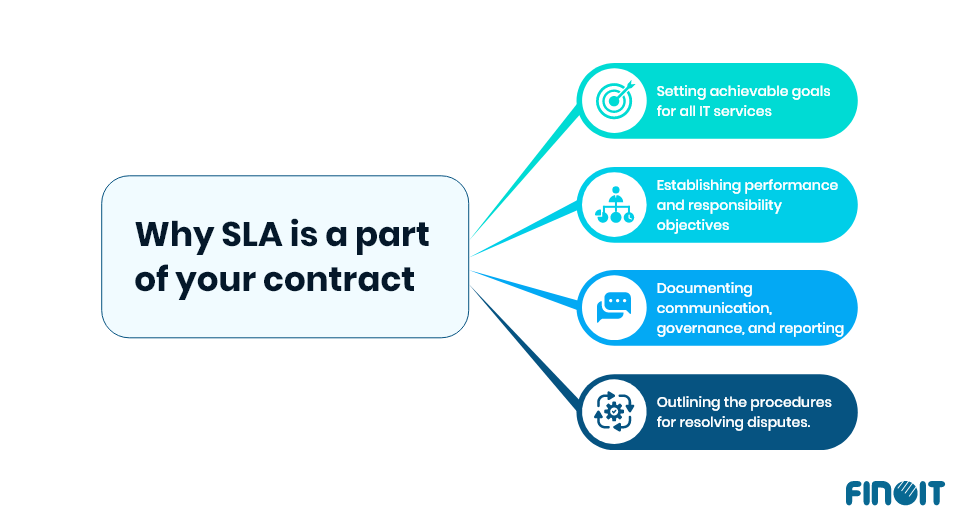How Technology Improves Service Delivery In Business

In many ways, technology in service delivery has been a boon to our lives, transforming the world into a global village. The pandemic that struck us has made us appreciate technology in service delivery.
Companies, for example, are ensuring that technological services are easily accessible via mobile phones. We all use mobile phones, and if your website is not mobile-responsive, Google will penalize you severely.
Today, more than ever, market competition has made service delivery an essential component of any business.
Because of such demanding and volatile users, one factor distinguishing one organization from the rest is the quality of its service.
It takes effort to meet and exceed customer expectations when providing professional services consistently. Even if you can offer the same level of service every time, unrealistic customer expectations mean that what delights most of your customers may disappoint others.
According to a Project Management Institute report, only 64% of projects are completed successfully.
This evidence shows that numerous roadblocks must be overcome to consistently provide the same service level.
Let’s learn about the role of technology in service delivery and the ways companies are enhancing service delivery in business.
What Does Service Delivery Mean?
Service delivery is a business framework that allows a provider to provide services to a client. It also includes the two parties’ constant interaction when the provider offers the service and the customer purchases it.
A service delivery company, in particular, provides something to a customer they could not create independently. That service could range from a simple task to cutting-edge technology or information. Please see the diagram below to help you understand the service delivery process.

Service delivery management (SDM) refers to providing information technology (IT) software to customers. The goal of SDM is to ensure that clients understand the software’s capabilities and functions so that they can use it to its full potential. You can identify effective methods for improving customer satisfaction with excellent service delivery by reviewing standard SDM procedures.
As a result, both software providers and clients may benefit from service delivery management. SDM can ensure that clients receive a functional software product, the necessary resources, and software service delivery support. They can also get prompt and professional technical assistance. Effective SDM can help software providers improve their customers’ satisfaction and loyalty. Customers may be persuaded to continue using the provider’s services if practical technical support and optimized software are provided.
3 Common Service Delivery Issues And How Technology Beat Them
Your primary goal as a project and services company is to delight your customers by consistently delivering services on time and within budget. You must align and integrate many business units, operational tasks, and administrative processes to succeed.
How? Begin by addressing the three most common service delivery issues.
Variety of field service business models
Depending on your customers’ needs, you may take a variety of approaches to your service contracts. Are you billing customers by the hour for predefined tasks and/or using a point system you created? In this case, administration and invoicing can perplex your back-office team.
An inconsistency in the field service business model is a challenge that primarily causes problems after delivering the service. Some invoicing software fails to process various data entries, requiring numerous manual interventions to ensure your invoices are correct.
The Solution:
You require a flexible and agile application that supports the business models of your project- and service-based companies. This reduces administrative work and the time it takes to invoice.
Empower field service technicians
To complete their tasks as efficiently as possible, your field service technicians require a broad overview. Their workflows are disrupted by constant communication with the back office about planning, inventory, service remarks, and sales opportunities. And, because each completed work order necessitates a significant amount of paperwork, they need more time to do their jobs properly.
Many field service technicians need help with a standardized process for monitoring and managing work schedules and the status of service tasks. Ineffective communication and manual administration waste time and increase the likelihood of errors.
The Solution:
A user-friendly field service software for technicians with mobile capabilities can help them in their daily work. Let them view their schedules on mobile devices and accurately register completed work orders with the required documents and signatures. Bring technology in service delivery and establish automated communication channels between technicians, customers, and the back office.
High Customer Expectations
Your service dispatchers need assistance booking the appropriate technicians for last-minute service requests with special needs. They manually compare schedules, travel times, job requirements, and technician profiles to fit the planning puzzle. Dispatchers communicate with clients and technicians non stop because clients expect real-time notifications of work order status.
Responding to shifting requirements and priorities is difficult, especially if you need a clear picture of your team’s available resources and competencies. Keeping everyone informed takes a long time and may slow down service delivery. Keeping up with rising customer expectations takes time and effort.
The Solution:
A technician dispatch software will connect your dispatchers, field technicians, and customers. This gives dispatchers a better understanding of resource planning across all service operations and automates notifications to assigned technicians and customers.
Benefits of Technology in Service Delivery
Clients now expect technology in service delivery. The level of technology adoption influences service delivery, implying that if the level of innovation in business operations is increased, so will the efficiency of service delivery.
Some advantages of technology in service delivery include:
Prompt response
Receiving services from various companies has become simple with a few mouse clicks. With service delivery automation, it is much easier to respond quickly to clients, who can take the necessary steps to obtain the services they seek.
Chatbots have made it simple to provide services. The bots are tasked with answering simple questions that a given client may have. In more severe cases, the issue is escalated to a human who provides a conclusive response to the customer.
Global reach
Because of the internet, someone sitting in a Kenyan home can easily purchase products from a shop in China. The internet has eliminated all geographical barriers. This means that you can leave your country or location to receive services.
Cost rationalization
With customers expecting high-quality service from businesses, companies are laying off unskilled workers and replacing them with automation. Such investments in cutting-edge technology will speed up service delivery.
The advancement of technology has made life easier, but as service providers, you must be ethical when using the data you collect from your customers.
Parting Thoughts
Service delivery necessitates the completion of numerous tasks and processes, many of which become repetitive and monotonous. Performing these repetitive tasks frequently reduces employee productivity, accuracy, and motivation. However, seeking assistance from professional software development services can help you overcome these issues.
To address this, software service delivery management promotes using solutions that automate processes, allowing employees to focus on more complex tasks requiring creativity.
Are you looking for the most dependable Software Service Delivery Support? We have what you need. Finoit provides high-quality software solutions and advice from a team of highly trained professionals. Get in touch with us to optimize your business software’s performance.
FAQs
1. What is the definition of service delivery?
Typically, service delivery processes aim to provide more excellent value to the client by establishing standards, policies, principles, and constraints to guide all aspects of their business and customer interactions.
2. What role does technology play in the delivery of services?
From customer interaction to service delivery, technology has dramatically facilitated work. The complexity of customer interaction has been reduced. The technology ensures that your customers receive high-quality services and products.
3. How important is service delivery?
Service delivery is essential because it connects people to organizations with the resources to provide the amenities they want or need. Engaging in thoughtful, customer-focused service delivery may also assist an organization in differentiating itself from its competitors.
4. What does the service delivery manager do?
A service delivery manager oversees the delivery of software. They serve as an IT project manager for projects that provide ongoing services.
5. Can you explain the distinction between service delivery and service management?
In practice, IT service delivery is defined almost identically to ITSM. Delivery refers to establishing and maintaining the terms of a service level agreement (SLA). ITSM, on the other hand, is the preferred term for how IT service providers operate and continuously improve all services offered.
Need Help with
Technology?
- Proven
- Transparent
- Dependable


